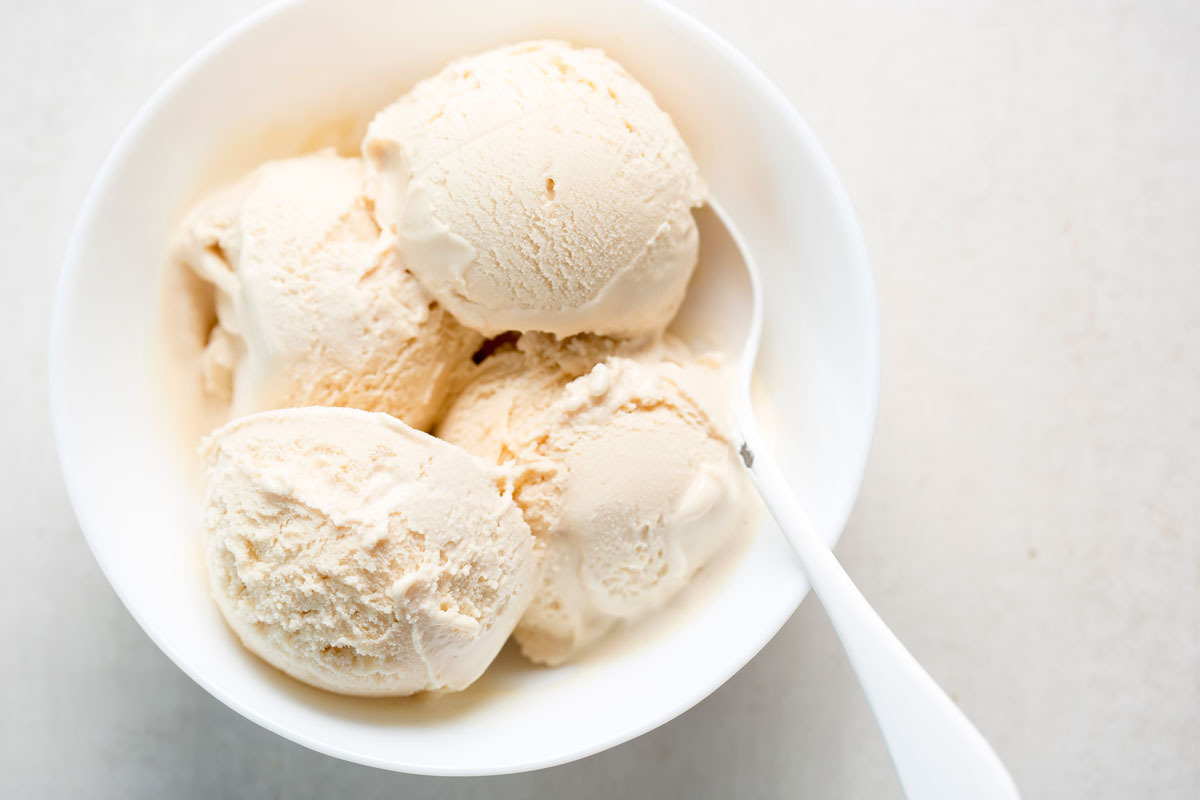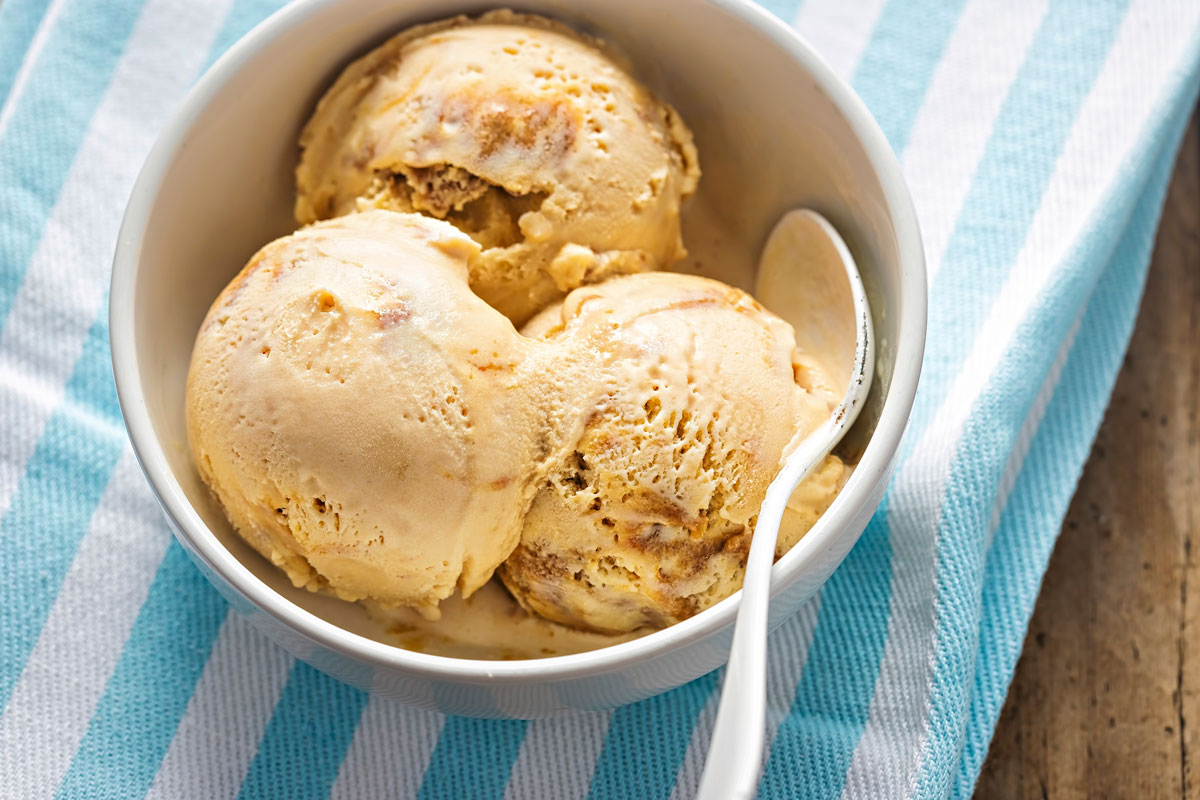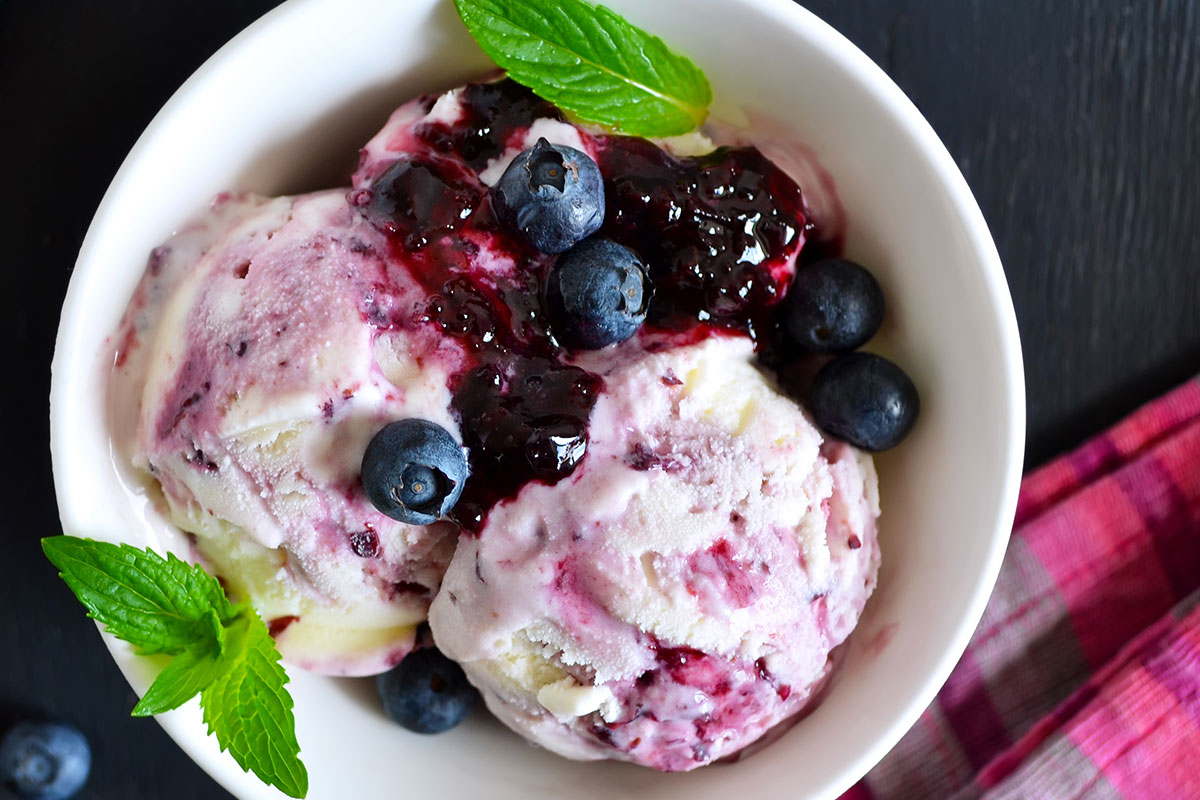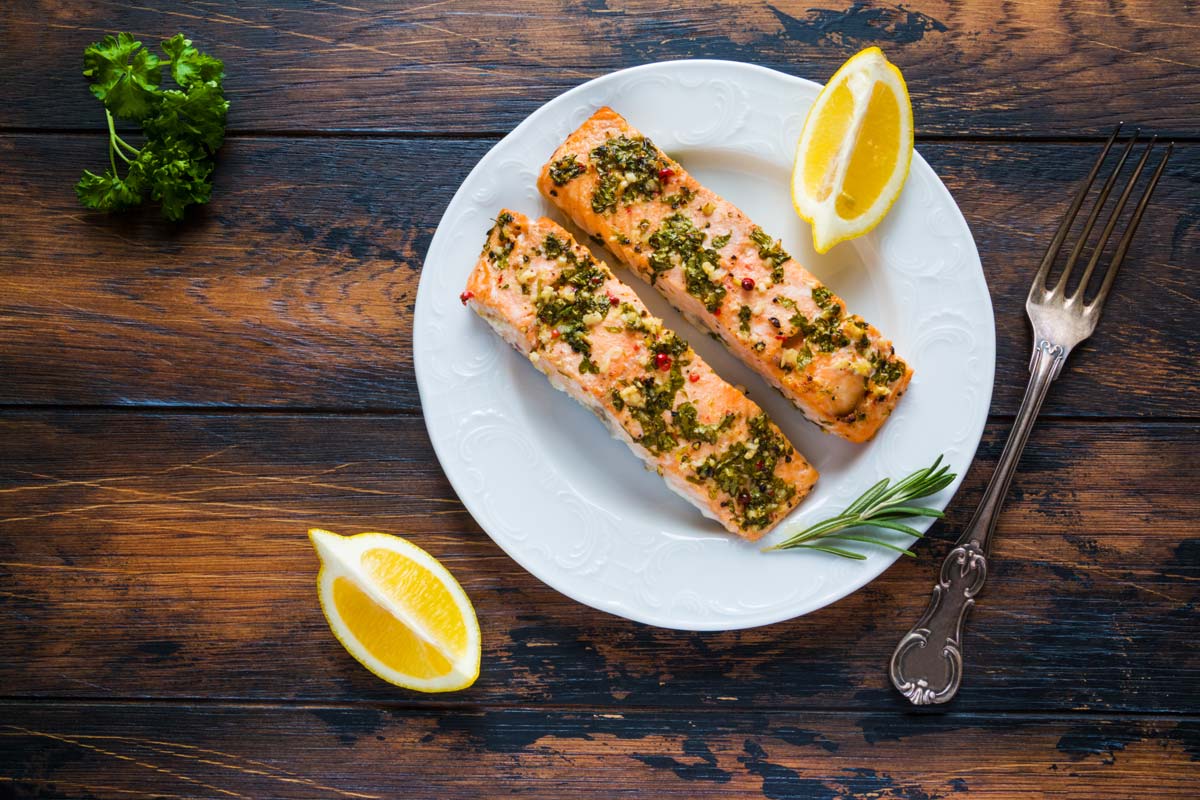Homemade Olive Oil Ice Cream Recipes, with Simple Sauces of Blueberry or Chocolate
This special Olive Oil Hunter Newsletter is devoted to one of the best treats in life, fresh ice cream. It’s not complicated—my master recipe doesn’t involve eggs, so there’s no tempering needed.
You can easily create your favorite ice cream flavors by adding other ingredients, like fresh mint or cinnamon, for example, to the mix while heating the base, or before chilling it in the fridge by folding in melted chocolate, instant espresso powder, or puréed peaches. Add-ins, such as chocolate chips and nuts, can get folded in at the very end of the churning.
And what would a home ice cream parlor be without sauces? My light chocolate sauce is a silky topping for the vanilla and dulce de leche ice creams, and my blueberry sauce is the perfect enhancement for the lemon one.
Vanilla Olive Oil Ice Cream
 Vanilla Olive Oil Ice Cream
Vanilla Olive Oil Ice Cream
Wonderful on its own or with a luscious sauce, use this as the base for flavor variations.The quantity is enough making for two different flavors. Divide the recipe in half if you want to make just one.
Ingredients
- 4 cups heavy cream
- 1-1/2 cups whole milk
- 1-1/2 cups half and half
- 1 cup sugar
- 1/4 teaspoon coarse salt
- 2 teaspoons vanilla paste or extract
- 4 tablespoons extra virgin olive oil
Directions
Step 1
Heat the cream, milk, and half and half in a saucepan over medium heat until it reaches a simmer. With the heat off, add the sugar and salt, whisking thoroughly until the sugar is fully melted. Add the vanilla and olive oil and continue whisking. It’s OK if you see tiny beads of oil—they will be incorporated during the churning.
Step 2
Let the base come to room temperature and then refrigerate until cold. When ready, give it a quick whisk and pour into your ice cream maker. Freeze according to the manufacturer’s directions. (If making the full recipe, churn in two or three batches, depending on your machine’s capacity.) Transfer the ice cream to freezer-safe containers.
Yields about 3 quarts
Dulce de Leche Ice Cream
 Dulce de Leche Ice Cream
Dulce de Leche Ice Cream
The double use of this rich South American caramel, available at leading supermarkets and online, creates intense flavor.
Directions
While the base is still warm, pour about 1/2 cup into a small bowl and whisk in 7 ounces of the dulce de leche; return the mixture to the rest of the base and stir to incorporate. Once it reaches room temperature, refrigerate until cold. When ready, give it a quick whisk and pour into your ice cream maker. Freeze according to the manufacturer’s directions. While it’s churning, separately fold the salt into the reserved dulce de leche. Transfer the ice cream to a freezer-safe container in large spoonfuls, alternating with dollops of the reserved dulce and swirling it in gently.
Yields 1-1/2 quarts
Lemon Ice Cream
 Lemon Ice Cream
Lemon Ice Cream
Lemon gives this ice cream a sweet and tangy taste, so refreshing on a hot day. A variation for Creamsicle fans is to replace the lemon juice and zest with freshly squeezed orange juice and grated zest.
Ingredients
- 1/2 Vanilla Olive Oil Ice Cream base recipe
- 1/2 cup freshly squeezed lemon juice
- Zest of 3 small lemons
- Extra virgin olive oil for drizzling
Directions
While the base is still warm, whisk in the lemon juice—it will thicken and lighten in color. Once it reaches room temperature, refrigerate until cold. When ready, give it a quick whisk and pour into your ice cream maker. Freeze according to the manufacturer’s directions, adding in most of the reserved zest in the last minute of churning. Transfer the ice cream to a freezer-safe container. When serving, sprinkle each portion with some of the remaining zest and a drizzle of olive oil.
Yields 1-1/2 quarts
Silky Chocolate Sauce
Double Blueberry Sauce
 Double Blueberry Sauce
Double Blueberry Sauce
Perfect over vanilla ice cream and a true treat as a topping for the lemon ice cream.
Ingredients
- 2 cups fresh blueberries
- 1 tablespoon cornstarch
- 1/4 cup sugar
- 1/4 cup water
- 1 tablespoon lemon juice
- Pinch of fine salt
- 1 tablespoon extra virgin olive oil
Directions
Mix 1-1/2 cups blueberries, cornstarch, sugar, water, lemon juice, and salt in a saucepan and bring to a boil, stirring frequently. Turn the heat down to a simmer and cook for 5 minutes. Off the heat, use a potato masher to mash the blueberries a bit. While still warm (but not hot), fold in the olive oil and the rest of the blueberries. The sauce will continue to thicken as it cools.
Yields 2 to 2-1/2 cups
Get More Recipes In Your Inbox!
Quick Kitchen Nugget
Ice cream makers
Churning adds air to an ice cream base, giving its creamy contents a light and silky mouthfeel. The price of compressor-run machines—you just plug it in and go—has gotten more affordable over the years; an excellent one costs about $300. But you can get the type of ice cream maker that uses a removable metal cylinder for closer to $70, sometimes less. The cylinder must be frozen before each use, but if you store it in your freezer, it will always be ready when you get the urge for ice cream. KitchenAid makes an ice cream bowl and dasher attachment for its stand mixers, no additional appliance needed. It turns out ice cream in about 20 minutes and is very easy to clean.






